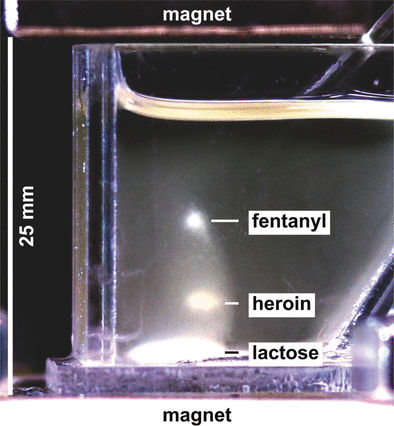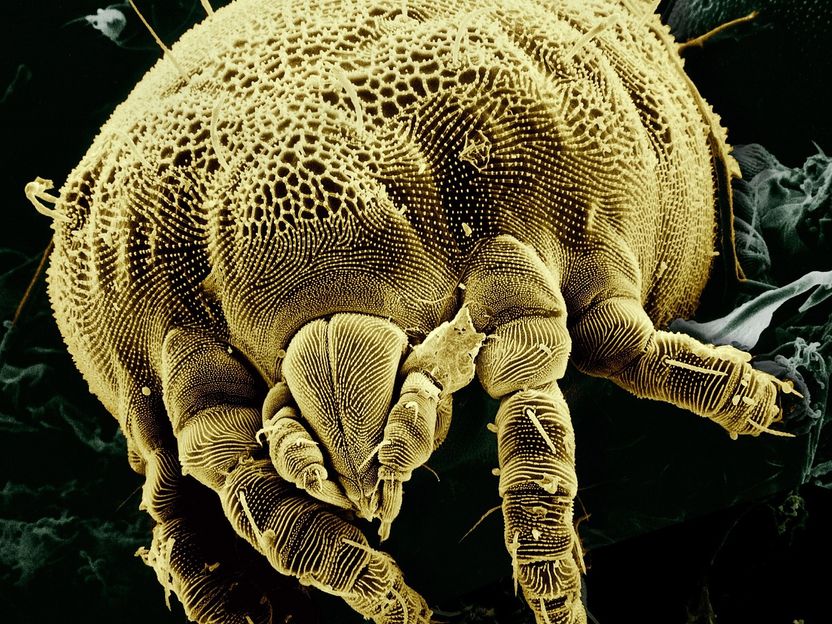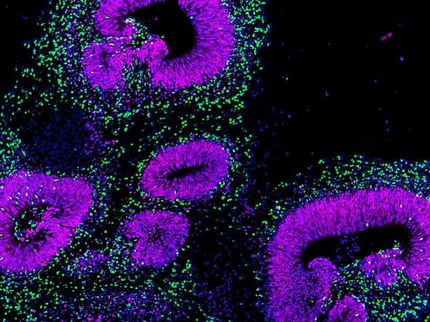Model may offer better understanding of embryonic development
A mathematical model developed at Purdue University can predict complex signaling patterns that could help scientists determine how stem cells in an embryo later become specific tissues, knowledge that could be used to understand and treat developmental disorders and some diseases.
During embryonic development, proteins attach to cell receptors and start a cascade of reactions. Understanding those reactions is difficult, however, because feedback signals go back out to the proteins or other molecules along the cascade, constantly changing the reaction pattern. The outcomes of those reactions and the feedback mechanisms - or inputs - are known because they can be observed, but how the inputs lead to the outputs isn't understood.
"We want to understand how stem cells become tissue-specific so that we can manipulate that process to create cells that could be used to treat injuries and diseases," said David Umulis, a Purdue assistant professor of agricultural and biological engineering. "Using a model approach, we can simulate these complex signaling patterns to get a better handle on the process."
Umulis created a model that predicted accurate outcomes when different feedback mechanisms were inserted. His results were published in the journal Developmental Cell .
"Fruit fly embryos are a fantastic system to peer into early development since input/output relationships are easy to observe. You have a mutation and an output, but we don't typically know what happens in the middle," he said. "Realistic model embryos proved an additional tool that can be used to aid in that understanding. Models can link that cause and effect."
The study looked at fruit fly, or drosophila, embryos during very early development to decipher what controls the differentiation of these stem cells at their proper locations. During the process, cells take on identities that later specify tissue types in the adult organism. Before directional cues dictate development, the stem cells are capable of becoming many different tissues. Using models to analyze the dynamic signals the cells are receiving may help to better understand how to control similar cells in a laboratory setting.
Umulis said his model is a sort of template to allow researchers to test a number of hypotheses before conducting actual experiments. The information garnered from realistic 3-D models can guide the process and facilitate rapid discovery.
Umulis' next step is to count the number of molecules needed to initiate specific cell responses during embryonic development. The National Institutes of Health and Purdue University funded his work.
Organizations
Other news from the department science

Get the life science industry in your inbox
By submitting this form you agree that LUMITOS AG will send you the newsletter(s) selected above by email. Your data will not be passed on to third parties. Your data will be stored and processed in accordance with our data protection regulations. LUMITOS may contact you by email for the purpose of advertising or market and opinion surveys. You can revoke your consent at any time without giving reasons to LUMITOS AG, Ernst-Augustin-Str. 2, 12489 Berlin, Germany or by e-mail at revoke@lumitos.com with effect for the future. In addition, each email contains a link to unsubscribe from the corresponding newsletter.
Most read news
More news from our other portals
Last viewed contents
Proteus_OX19
Category:Schizophrenia
Bothrops_asper
Applied Biosystems and Asuragen collaborate with the Critical Path Institute to improve drug toxicity screening
Hepatitis B and C Public Policy Association ASBL - Luxemburg, Luxembourg
Category:Veterinary_entomology
Mission_malawi

Separating Drugs with MagLev - Magneto-Archimedes levitation for identification of illicit drugs in powdered mixtures

Dust mite allergens trigger inflammatory responses - Dust mite allergens activate the pulmonary immune system, thereby triggering allergies
Biological testing tool tests in fraction of time of industry standard




















































